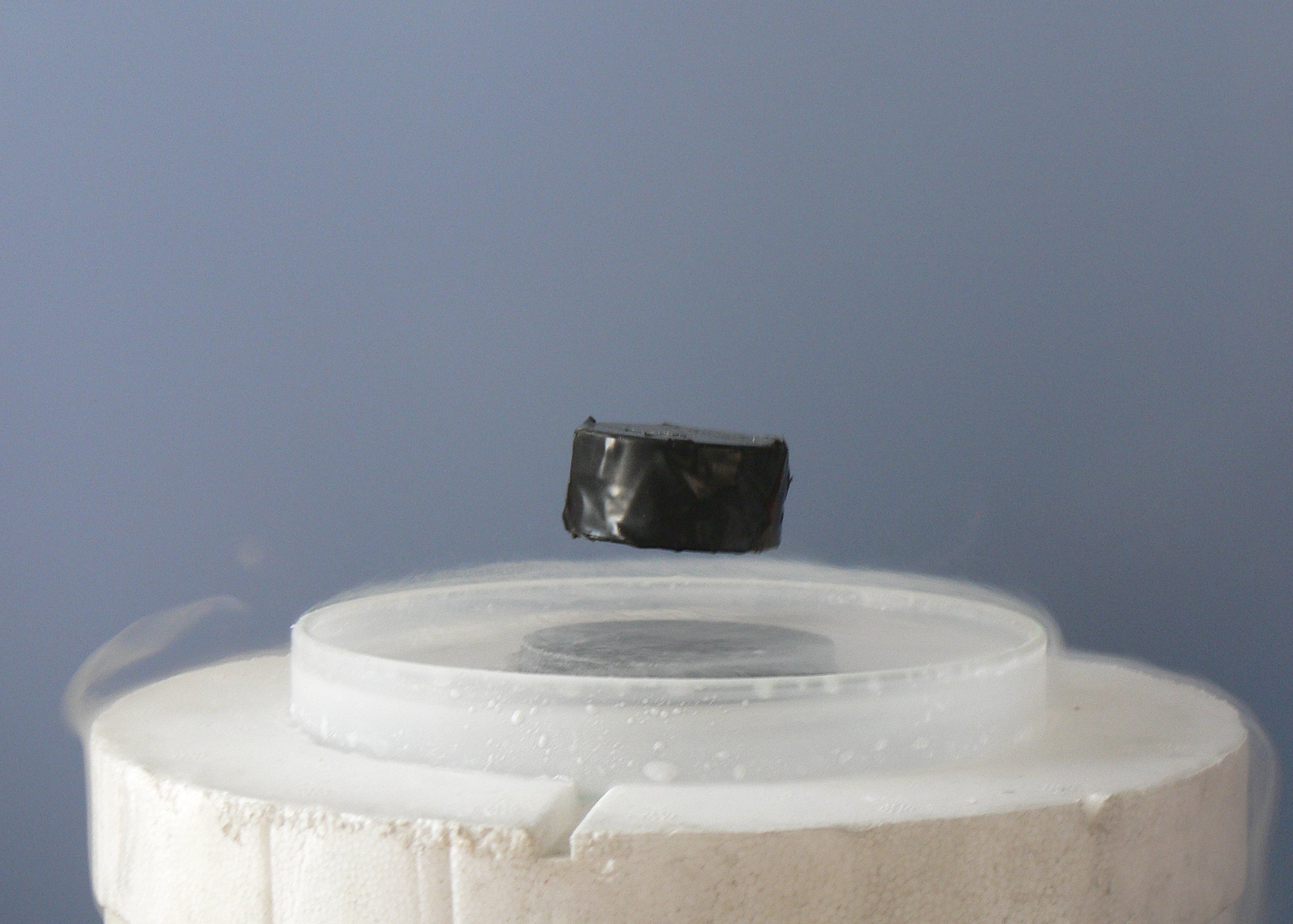
Photo from academic.microsoft.com
ABSTRACT Hägg carbide (χ) is, during the tempering of carbon-rich martensite, referred to as a transition carbide which eventually gives way to cementite. However, there are Fe–C binary phase diagrams… Click to show full abstract
ABSTRACT Hägg carbide (χ) is, during the tempering of carbon-rich martensite, referred to as a transition carbide which eventually gives way to cementite. However, there are Fe–C binary phase diagrams estimated using thermodynamic data, that define a low-temperature phase field where a mixture of Hägg carbide and ferrite is more stable than that of cementite and ferrite. In this scenario, it may be cementite which is the transition carbide. Evidence is presented here that the predominance of Hägg carbide over cementite in the circumstances described is unlikely to be correct based on historical and new observations. Literature data are also interpreted to show that η and ϵ-carbides are best regarded as transition-phases relative to mixtures of cementite and ferrite.
Journal Title: Materials Science and Technology
Year Published: 2019
Link to full text (if available)
Share on Social Media: Sign Up to like & get
recommendations!